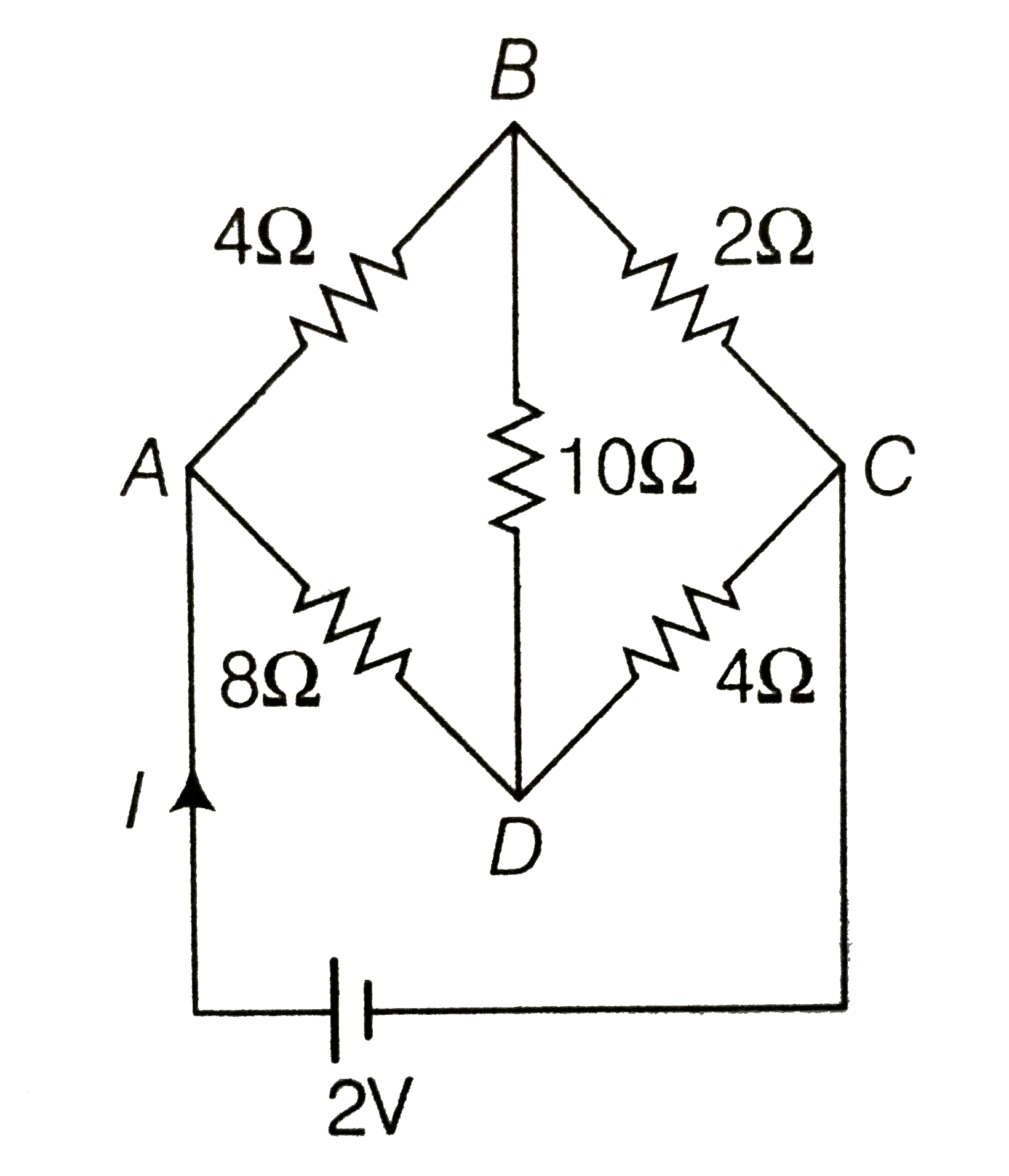As shown in figure, the current in the circuit is

0.03 A
0.02 A
0.04 A
0.05 A
The correct Answer is:B
From the kirchhoff'ls law, 6−i×150−3=0
i=3150=150⇒i=0.02A
Topper's Solved these Questions
- SEMICONDUCTORSBOOK - MHTCET PREVIOUS YEAR PAPERS AND PRACTICE PAPERSCHAPTER - SEMICONDUCTORSEXERCISE - MHT CET Corner
25 Videos
- SEMICONDUCTORSBOOK - MHTCET PREVIOUS YEAR PAPERS AND PRACTICE PAPERSCHAPTER - SEMICONDUCTORSEXERCISE - Exercise 1 ( TOPICAL PROBLEMS )
84 Videos
- SCALARS AND VECTORS BOOK - MHTCET PREVIOUS YEAR PAPERS AND PRACTICE PAPERSCHAPTER - SCALARS AND VECTORS EXERCISE - Exercise 2 (Miscellaneous Problems)
20 Videos
- STATIONARY WAVES BOOK - MHTCET PREVIOUS YEAR PAPERS AND PRACTICE PAPERSCHAPTER - STATIONARY WAVES EXERCISE - MHT CET Corner
28 Videos
Similar Questions
Knowledge Check
In the circuit shown in figure current in the circuit is
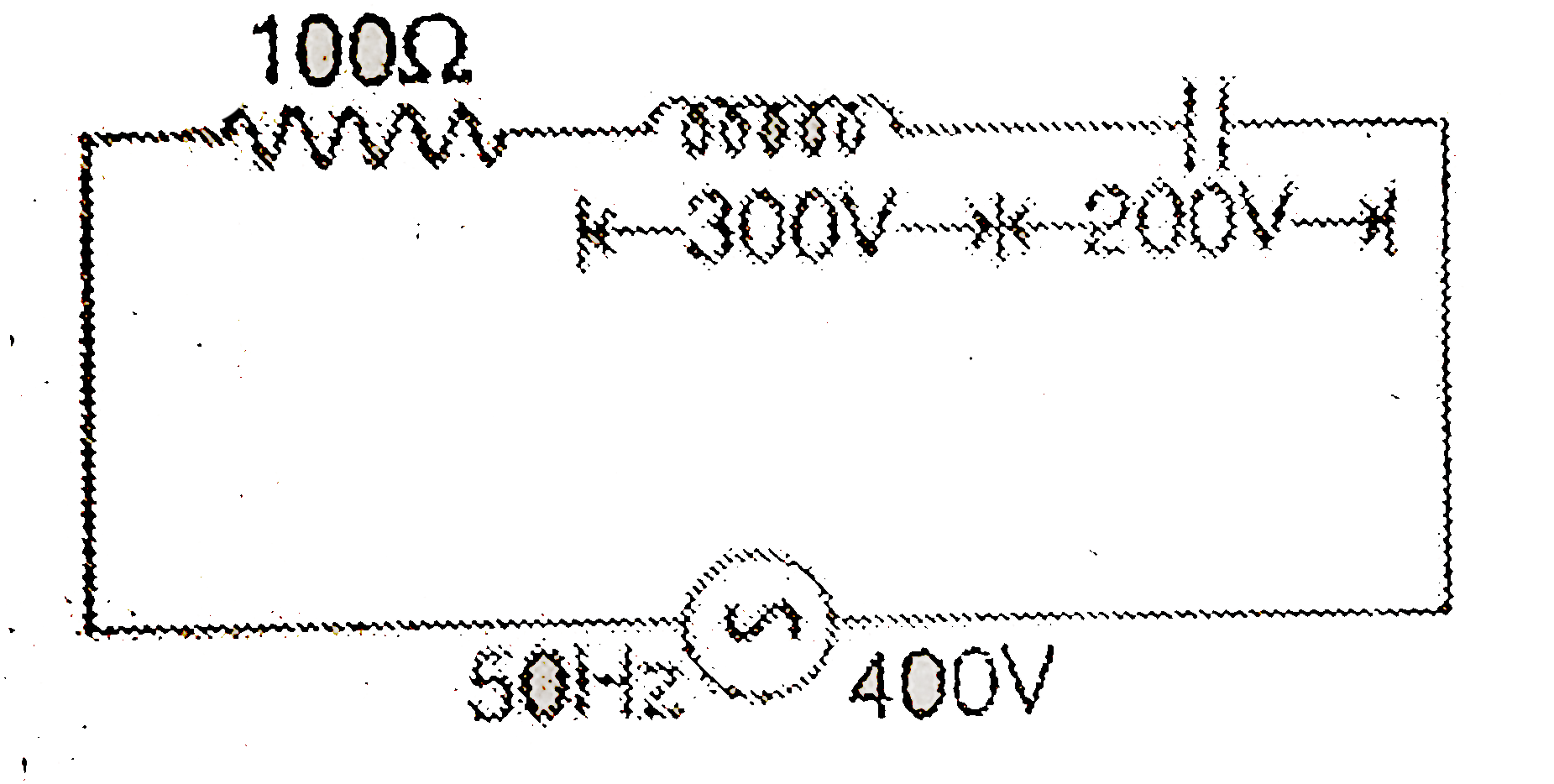 A1.27AB2.23AC4.26AD4 A
A1.27AB2.23AC4.26AD4 AA battery of e mf 10 V and internal resistance 3Ω is connected to a resistor as shown in the figure. If the current in the circuit is 0.5 A . then the resistance of the resistor will be
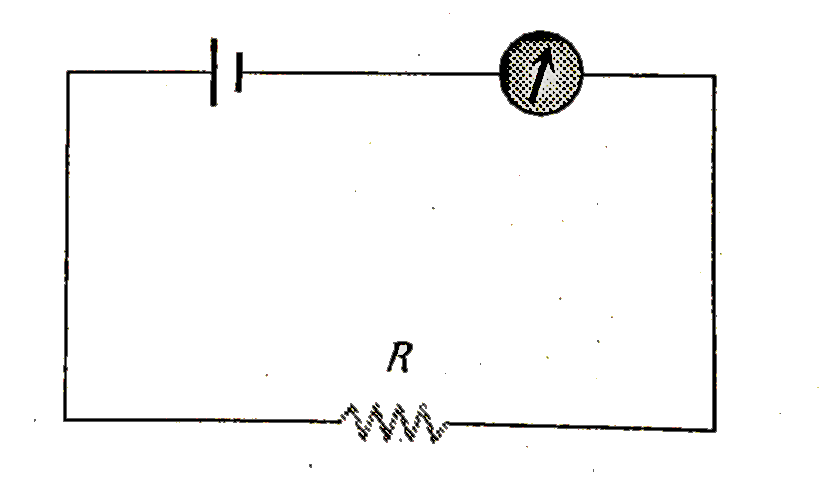 A19ΩB17ΩC10ΩD12Ω
A19ΩB17ΩC10ΩD12ΩA 3 volt battery with negligible internal resistance is connected in a circuit as shown in the figure. The current I, in the circuit will be
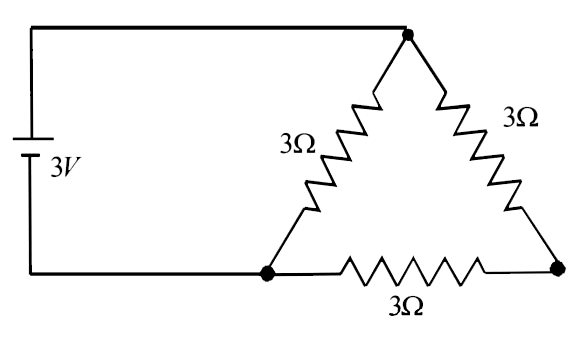 A1AB1.5AC2AD1/3A
A1AB1.5AC2AD1/3A
A group of N cells whose emf varies directly with the internal resistance as per the equation EN=1.5rN are connected as shown in the figure. The current in the circuit is
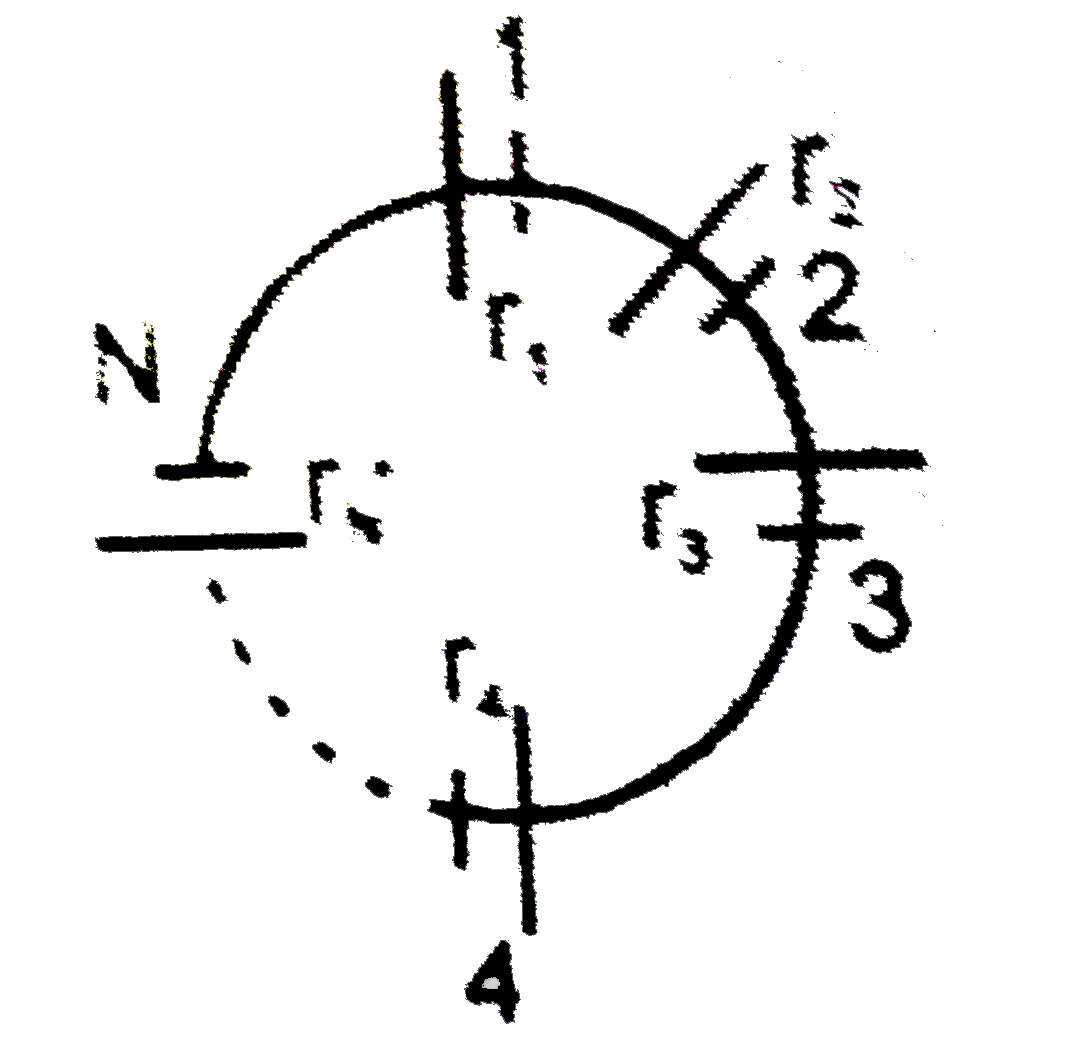
View SolutionA group of N cells whose emf varies directly with the internal resistance as per the equation EN=1.5rN are connected as shown in the figure. The current in the circuit is

View SolutionIn the circuit shown in figure, the current / in circuit is

View SolutionA 3 volt battery with negligible internal resistance is connected in a circuit as shown in the figure. The current I, in the circuit will be

View SolutionConsider the circuit shown in figure.Find (a) the current in the circuit, (b) the potential drop across the (5Ω)resistor,(c )the potential drop across the 10(Ω)resistor.(d)Answer the parts (a),(b)and (c )with reference to figure.

View Solution

